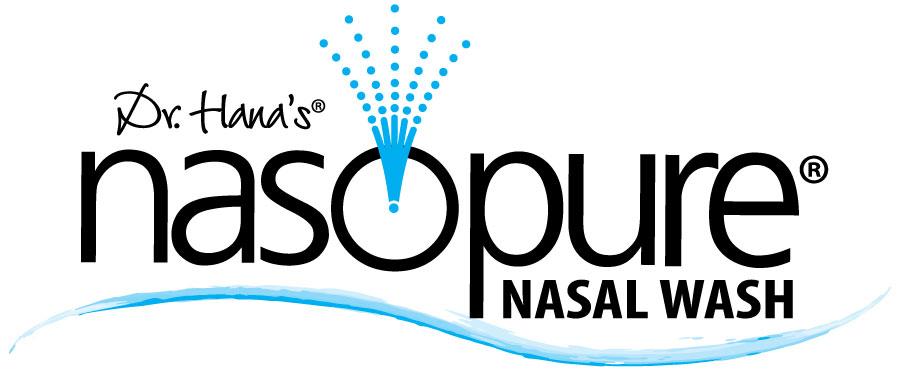MORE AIR FOR ATHLETES:
MAXIMIZE AIRFLOW, IMPROVE YOUR GAME
The Olympic motto consists of three Latin words: Citius, Altius, and Fortius. When translated to English, these words respectively mean faster, higher, and stronger. Although some argue that humans are reaching the limits of athletic ability, it’s no stretch to say that today’s athletes are continuing to raise the bar. The 2012 Summer Olympics in London saw 66 records broken, followed by ten more at the Winter Olympics in 2014.
Some of this can be attributed to technological innovation – for example, track shoes worn in 2012 were a lot better than the ones around 70 years ago. One of the biggest contributors to this increase in physical capability, however, is our ever-growing understanding of the human body. Today, we know that athletes need to drink plenty of water, that carbs help improve performance, and that stretching can prevent serious injury. As a result of this knowledge, hydration, diet, and proper training technique have become an integral part of an athlete’s routine.
Today, we also know that top-level athletic performance requires a good supply of oxygen. This explains why runners and swimmers develop breathing techniques, and why athletes tend to opt against smoking. Although these practices certainly help to increase airflow, there’s something else many athletes could be doing to maximize oxygen intake and further improve their game – and that’s taking better care of their noses.
About the nose
The nose is a personal air filter – its primary function is to defend, protect, and shield us from everyday pollutants and germs. Without this filtering mechanism, millions of impurities would be allowed into our fragile lung tissues, wreaking havoc and damaging our bodies.
In today’s environment, we are constantly being exposed to pollutants and allergens, thus allowing our nasal passages to easily become blocked or restricted. Blocked nasal passages make it difficult to breathe and this can hurt athletic performance. Fortunately, there’s a way to clear out these nasal passages and keep them clean permanently.
Nasal Irrigation
Nasal washing is quickly catching on with top-level athletes across many sports. Athletes breathe more than 10,000 liters of air per day through their noses, and irrigating the nasal passages can ensure that every breath counts. Washing your nose uses a saline solution to remove blockages, resulting in increased air flow and filter efficiency. Not only does this increase the maximum amount of air allowed into your lungs, but also helps quell allergies and asthma and reduce upper respiratory infections.
Allergies & Asthma
Athletes who suffer from allergies or asthma are some of the greatest beneficiaries when it comes to nasal irrigation. Allergy medications can run the risk of hampering performance, as they often come with potential side effects, such as drowsiness or nausea. Nasal washing removes 80 percent of allergens and reduces the effect of asthmatic triggers.
The Common Cold and the Flu Virus
Both influenza and cold viruses are spread mainly through respiratory droplets – spread by coughs and sneezes from infected people. During cold and flu season many athletes are exposed to large numbers of people who could be carrying a virus. Think teammates, fans, classrooms, etc. Like allergies and asthma, falling ill during the season can negatively affect performance. As most viruses enter through the nose, nasal irrigation is a powerful method of washing out viral particles before they have a chance to invade.
Is Nasal Washing Safe?
Nasal irrigation uses a natural solution, so an athlete will never fail a drug test by washing their nose, no matter how often he or she washes. Additionally, it’s safe to wash every day, ensuring the best athletic performance throughout the entire season.
